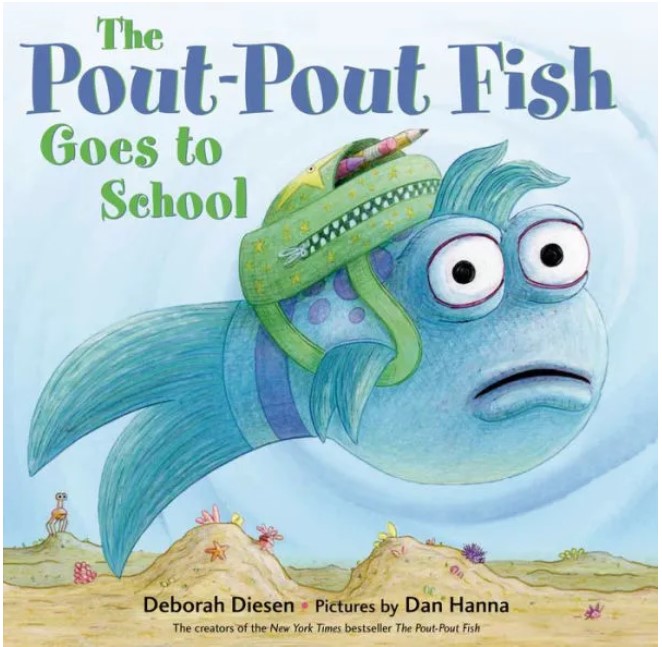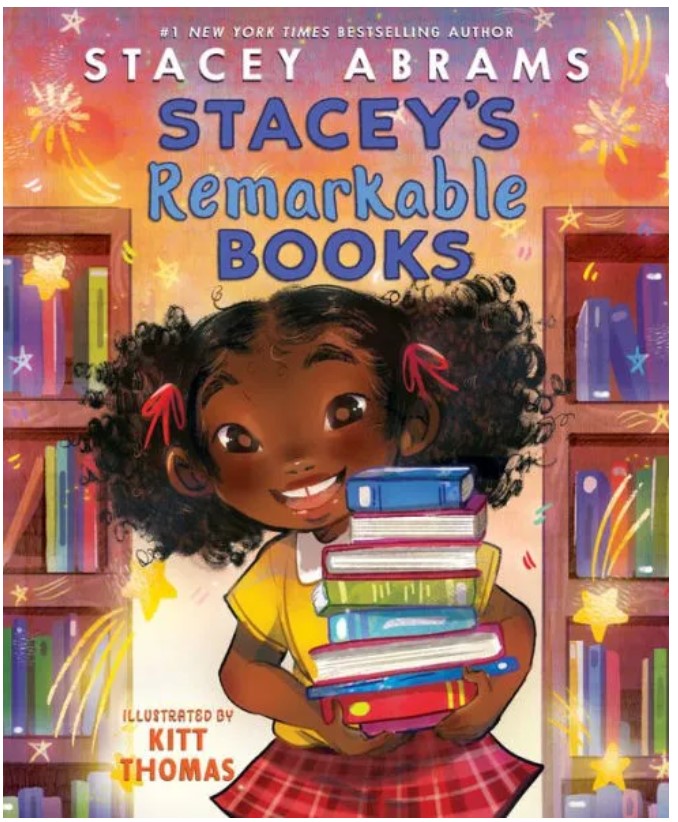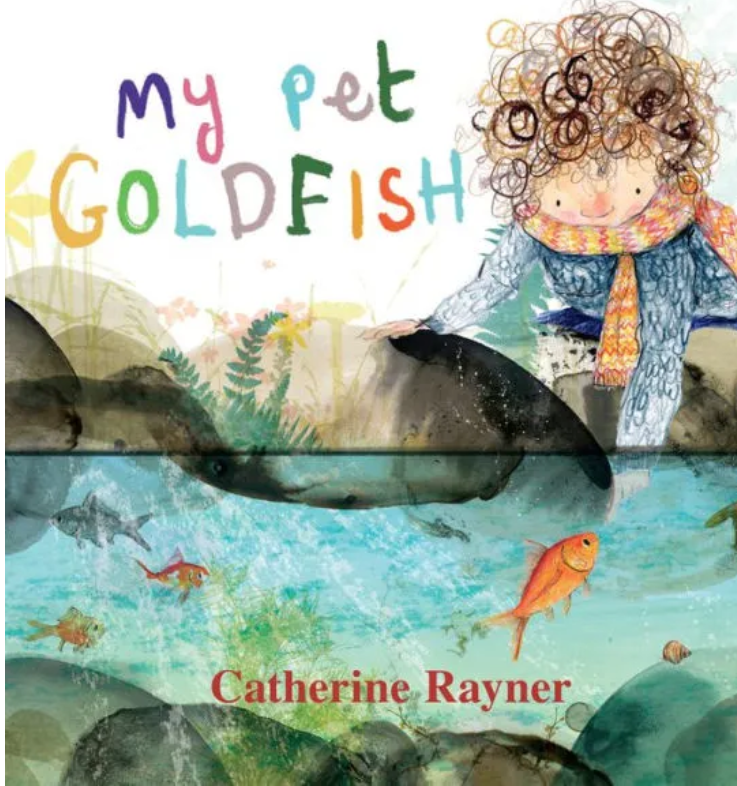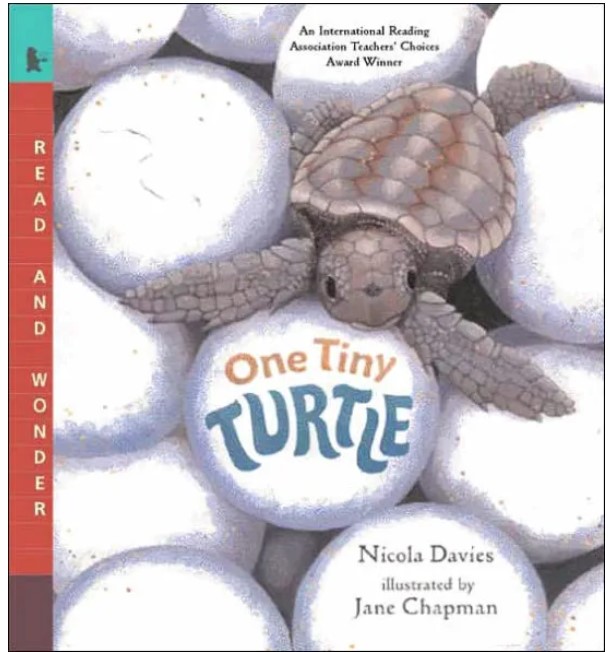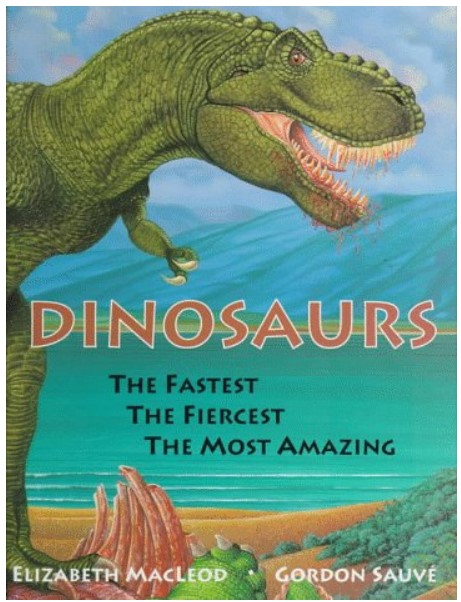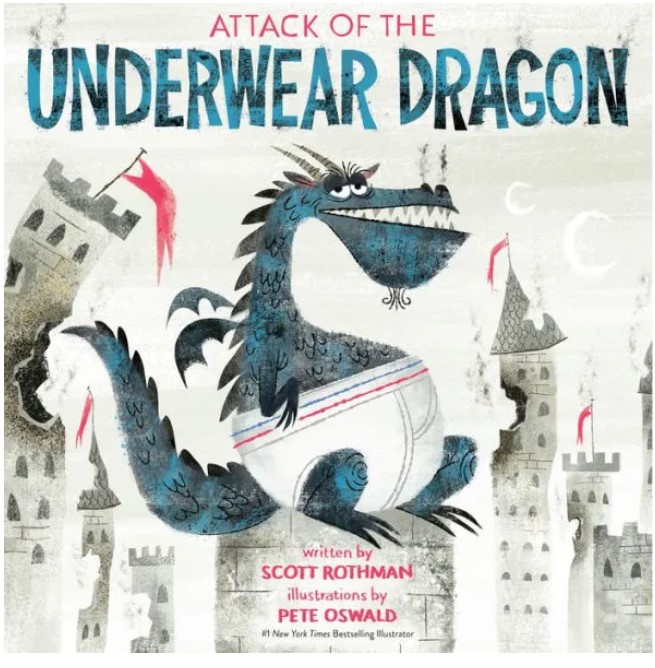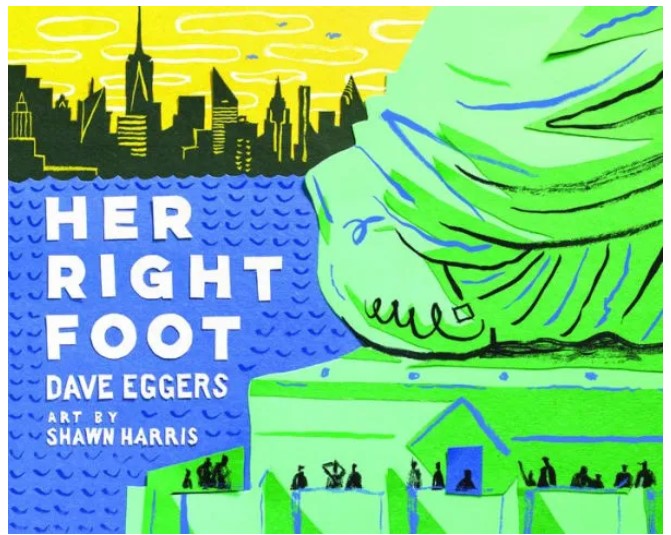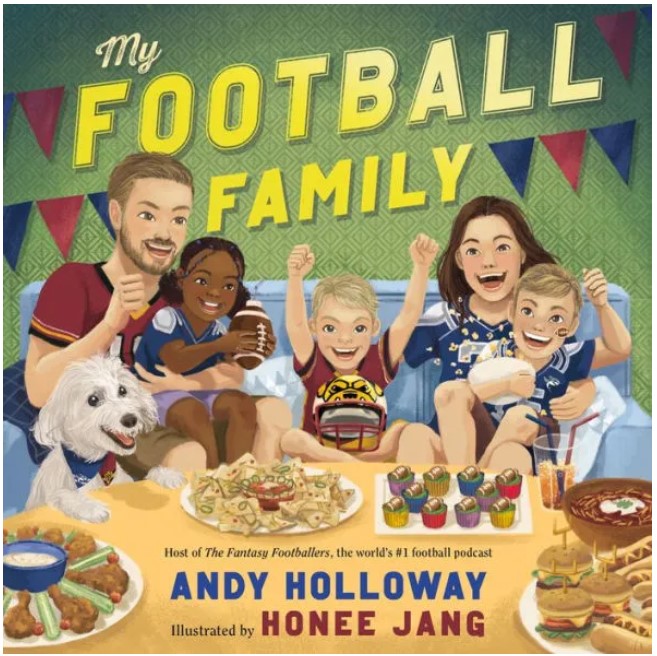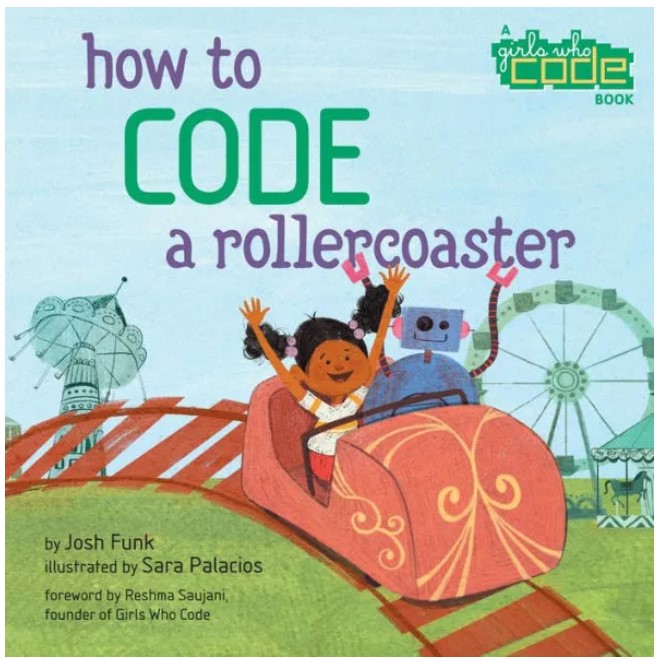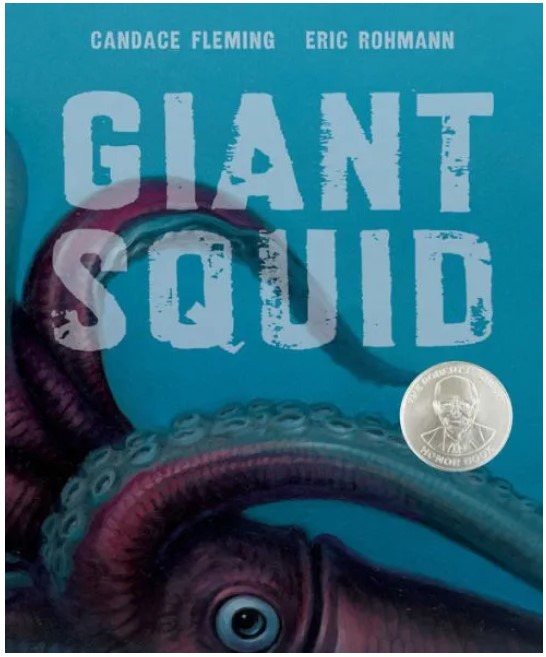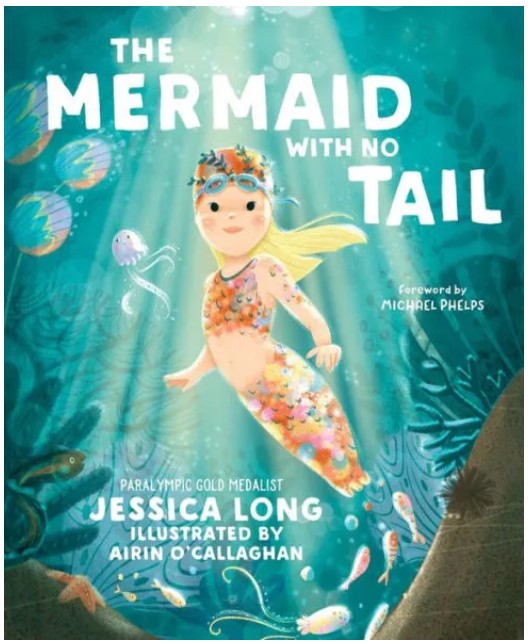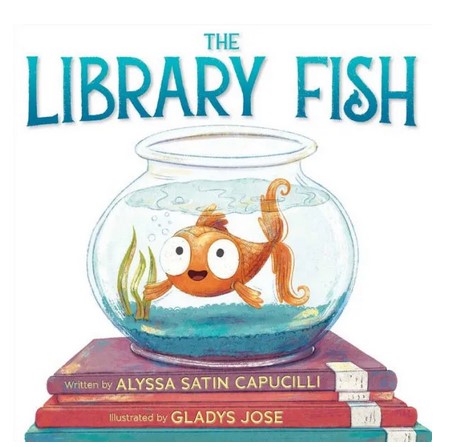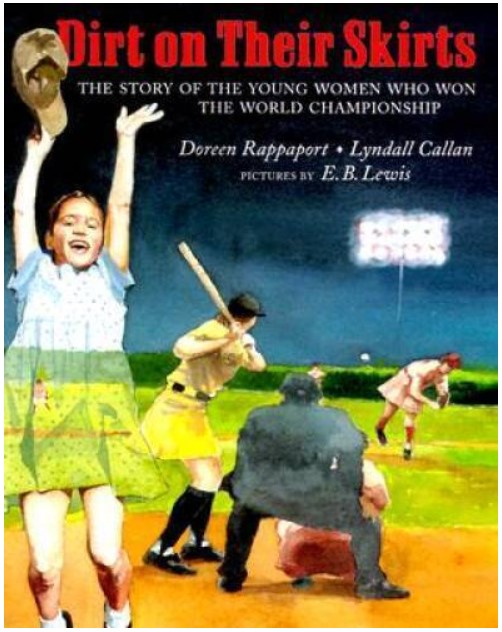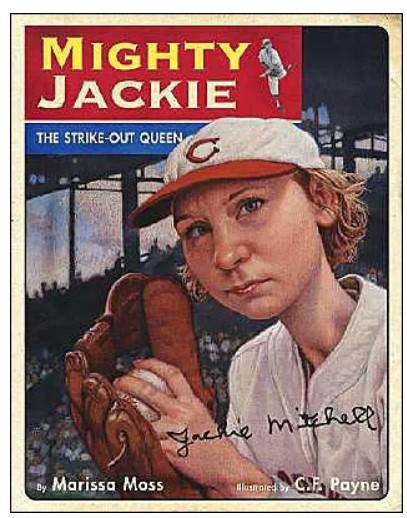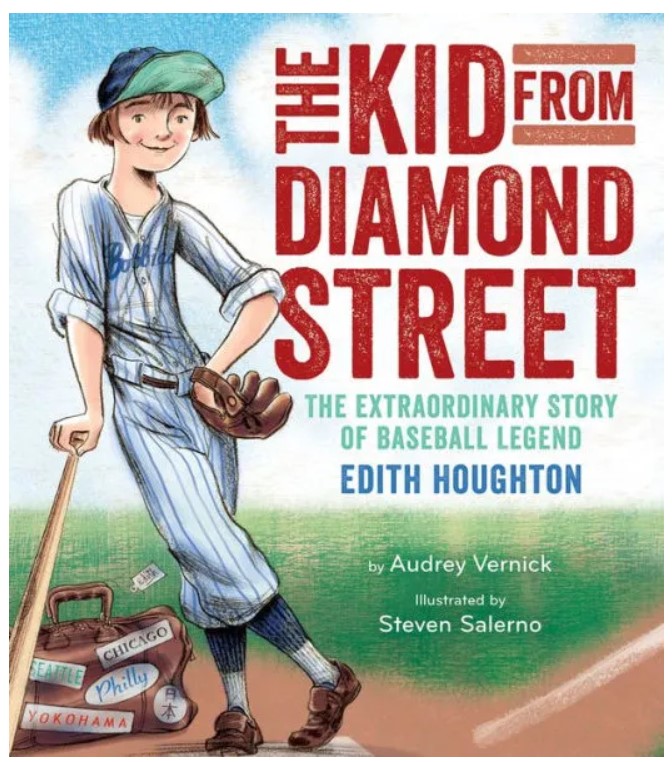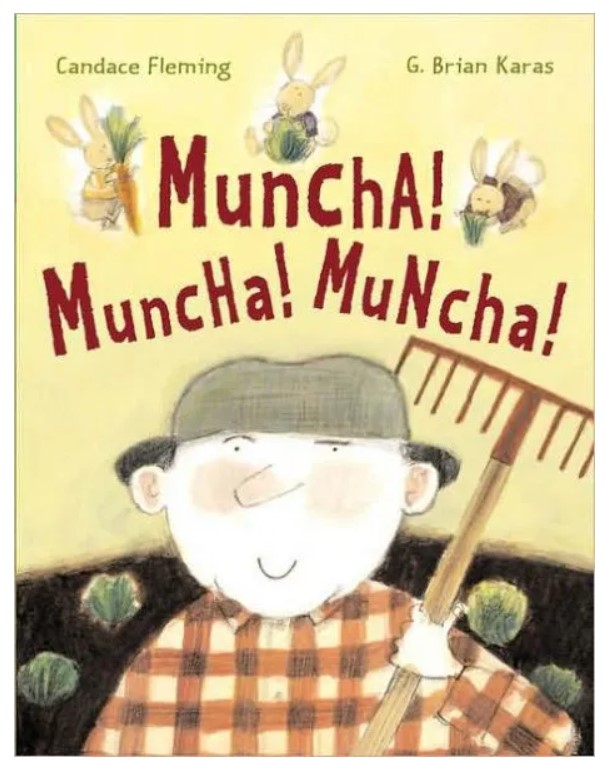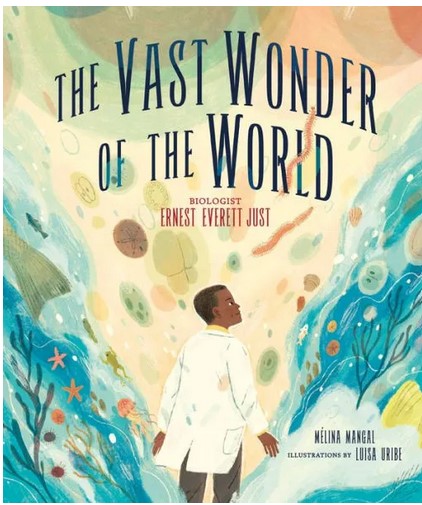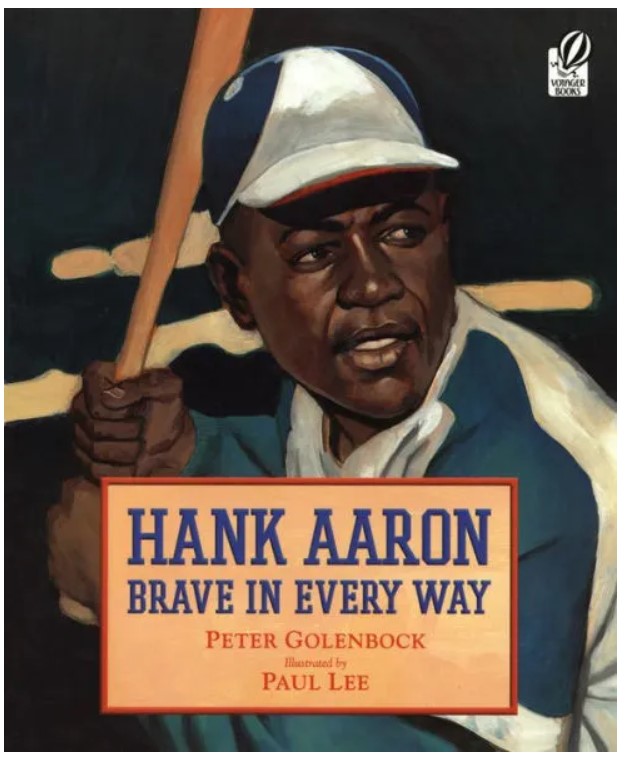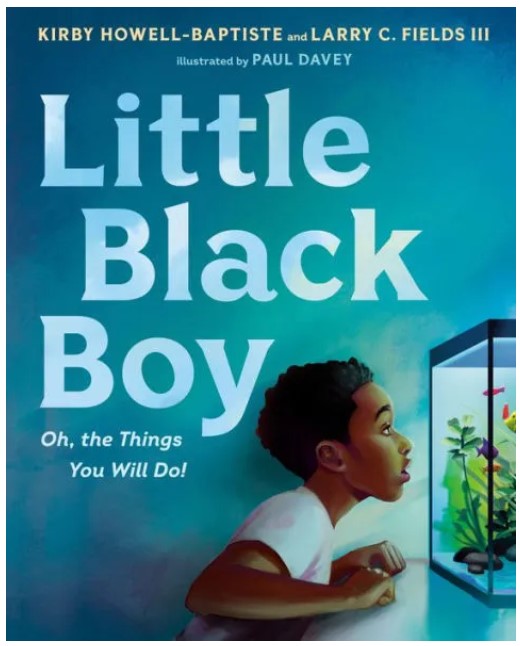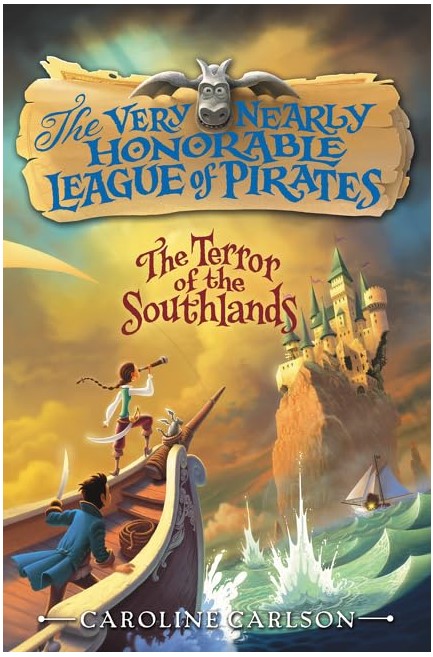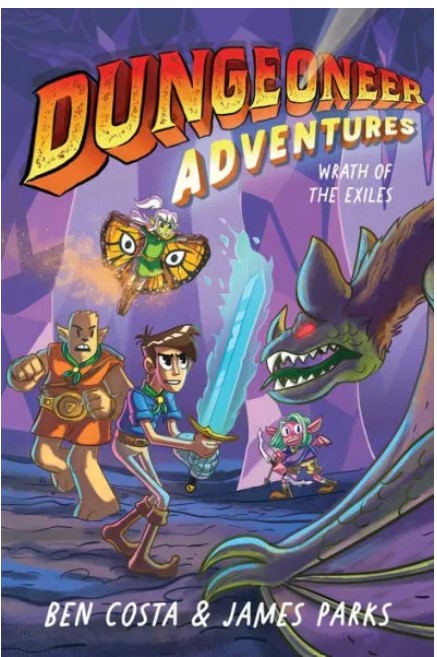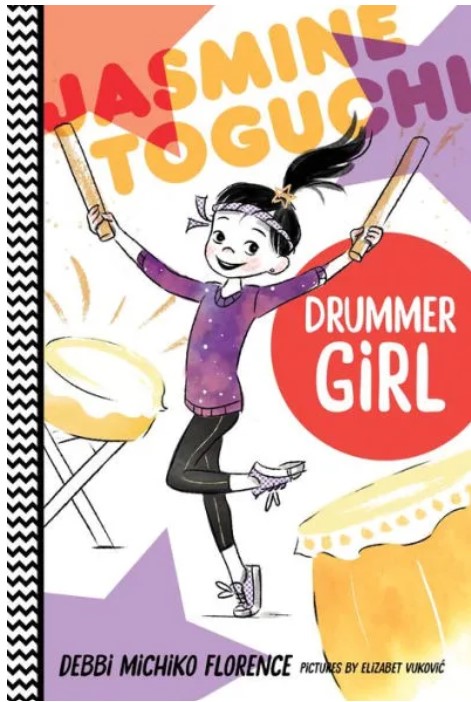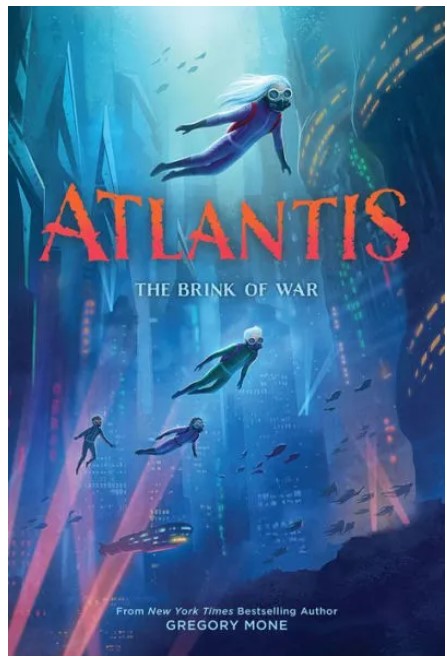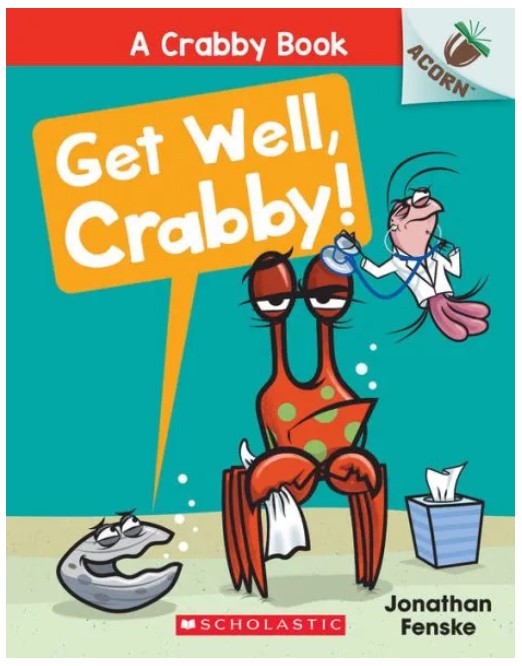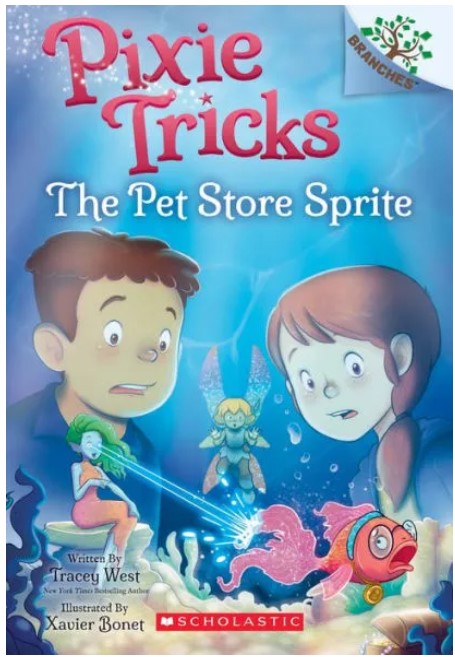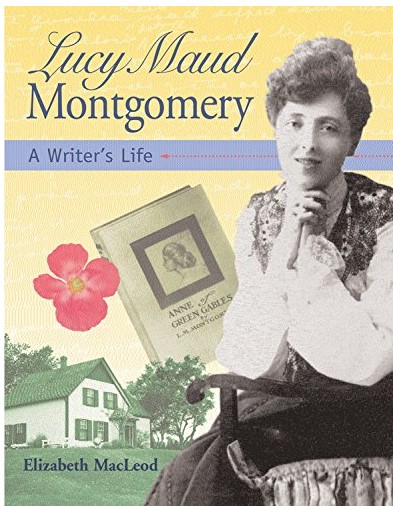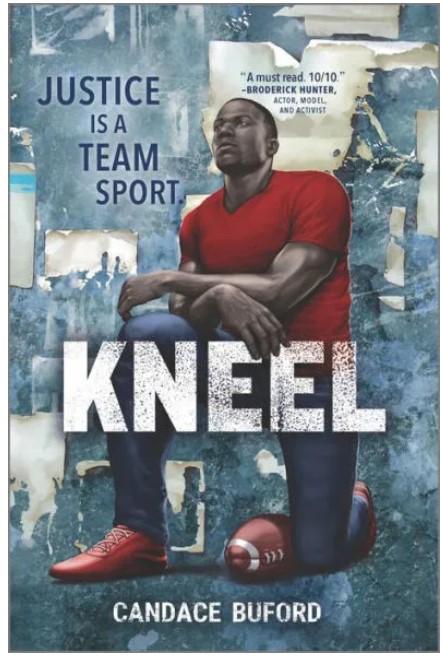Mr. Fish’s biggest worry was his first day of school. When he arrives, Mr. Fish feels out of place. Every other fish knows exactly where to go. They go to their lockers and classes in a fixed routine.
Meanwhile, Mr. Fish, a new student, does not know what to do. He wanders into a writing class, but he does not know how to write any letters. He wanders into a math class, but he does not understand long division. At the end of the day, Mr. Fish swims towards the exit, tired of school.
But Mr. Fish’s mind changes when a teacher, Miss Hewitt, stops him and says that all students begin this way. She says that with her help, Mr. Fish can learn. Miss Hewitt takes Mr. Fish to a classroom of new students who are each just as confused as him. By listening to Miss Hewitt, Mr. Fish begins to understand each subject. Finally, Mr. Fish is enjoying school!
The Pout-Pout Fish Goes to School is a fun and light-hearted picture book that is sure to connect with young readers who are dreading their first day of school. The book teaches readers that although school may seem overwhelming and challenging at first, it can be a rewarding experience if they are patient and attentive.
The book is an easy read, with only one to six short sentences per page. Diesen uses a unique rhyming scheme to keep readers engaged. Like other Pout-Pout Fish books, this book includes a four-stanza chant (“Trouble One: I’m not smart! Trouble Two: I’ll never get it! Trouble Three: I don’t belong! So four: I should forget it!”) which Mr. Fish repeats throughout the book. At the end, he chants a positive, altered version (“Fact One: You are smart. Fact Two: You can get it. Fact Three: You belong. So Four: Don’t forget it!”).
The art in The Pout-Pout Fish Goes to School is drawn by series regular Dan Hanna and has a beautiful variety of colors. The hallways of the school are decorated with student drawings. Several jokes are hidden in the background too; the best of which is a series of posters with inspirational quotes from such names as “Shark Twain” and “Sharkspeare.”
If your young reader is nervous for their first day of school, or simply having trouble learning something new, The Pout-Pout Fish Goes to School is an entertaining story with a lesson about the importance of patience when facing a new experience.
Sexual Content:
- None
Violence:
- None
Drugs and Alcohol:
- None
Language:
- None
Supernatural:
- None
Spiritual Content:
- None
